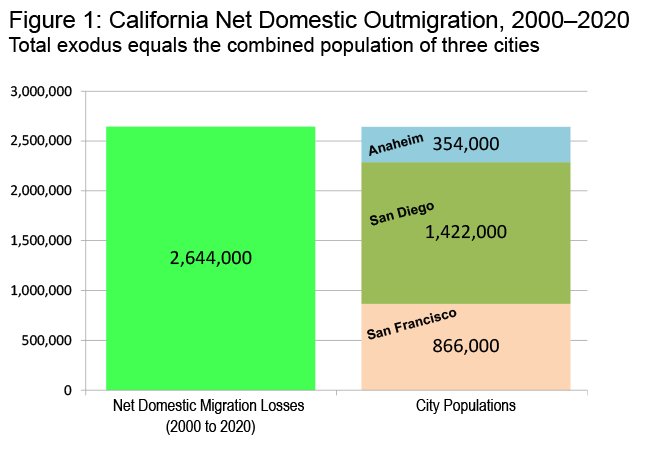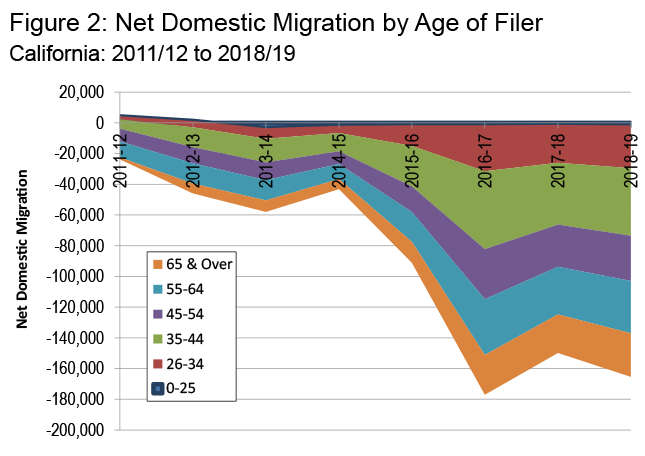Progressives Have Ruined California
The very idea of a recall vote seemed absurd at first in California, this bluest of US states. Yet Californians’ surprisingly strong support for the removal of Democratic governor Gavin Newsom has resulted in precisely that, with the vote scheduled for 14 September. This reflects a stunning rejection of modern progressivism in a state thought to epitomise its promise.
Some, like the University of California’s Laura Tyson and former Newsom adviser Lenny Mendonca, may see California as creating ‘the way forward’ for a more enlightened ‘market capitalism’, but that reality is hard to see on the ground. Even before the pandemic, California already had the highest poverty rate and the widest gap between middle and upper-middle income earners of any state in the US. It now suffers from the second-highest unemployment rate in the US after Nevada.
Today, class drives Californian politics, and Newsom is peculiarly ill-suited to deal with it. He is financed by what the Los Angeles Times describes as ‘a coterie of San Francisco’s wealthiest families’. Newsom’s backers have aided his business ventures and helped him live in luxury – first in his native Marin, where he just sold his estate for over $6million, and now in Sacramento.
California’s well-connected rich are predictably rallying to Newsom’s side. At least 19 billionaires, mainly from the tech sector, have contributed to his extraordinarily well-funded recall campaign, which is outspending the opposition by roughly nine to one.
There is little hiding the elitism that Newsom epitomises. In the midst of a severe lockdown, he was caught violating his own pandemic orders at the ultra-expensive, ultra-chic French Laundry restaurant in Napa.
Newsom insists California is ‘doing pretty damn well’, citing record profits in Silicon Valley from both the major tech firms and a host of IPOs. He seems to be unaware that California’s middle- and working-class incomes have been heading downwards for a decade, while only the top five per cent of taxpayers have done well. As one progressive Democratic activist put it in Salon, the recall reflects a rebellion against ‘corporate-friendly elitism and tone-deaf egotism at the top of the California Democratic Party’.
Much of this can be traced back to regulatory policies tied to climate change (along with high taxes). These policies have driven out major companies – in energy, home construction, manufacturing and civil engineering – that traditionally employed middle-skilled workers. Instead, job growth has been concentrated in generally low-pay sectors, like hospitality. Over the past decade, 80 per cent of Californian jobs, notes one academic, have paid under the median wage. Half of these paid less than $40,000.
Read the rest of this piece at Spiked.
Joel Kotkin is the author of The Coming of Neo-Feudalism: A Warning to the Global Middle Class. He is the Presidential Fellow in Urban Futures at Chapman University and Executive Director for Urban Reform Institute. Learn more at joelkotkin.com and follow him on Twitter @joelkotkin.


